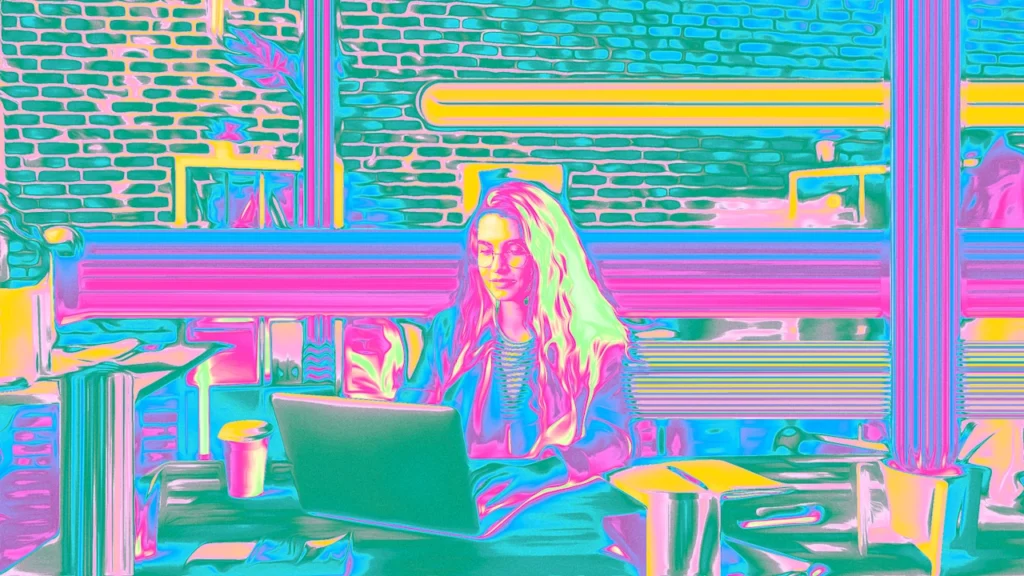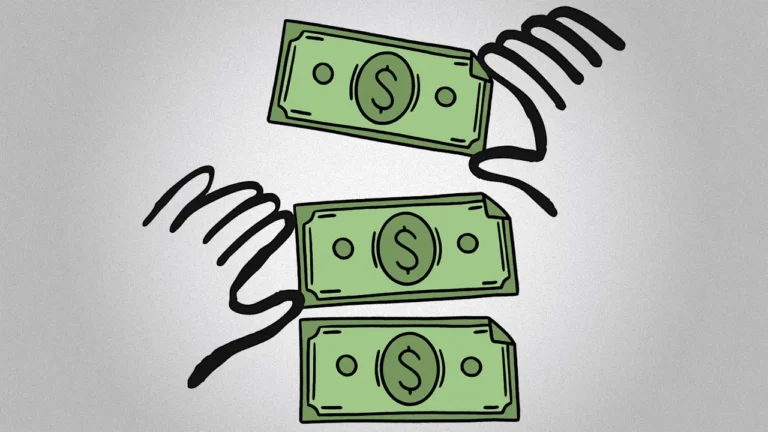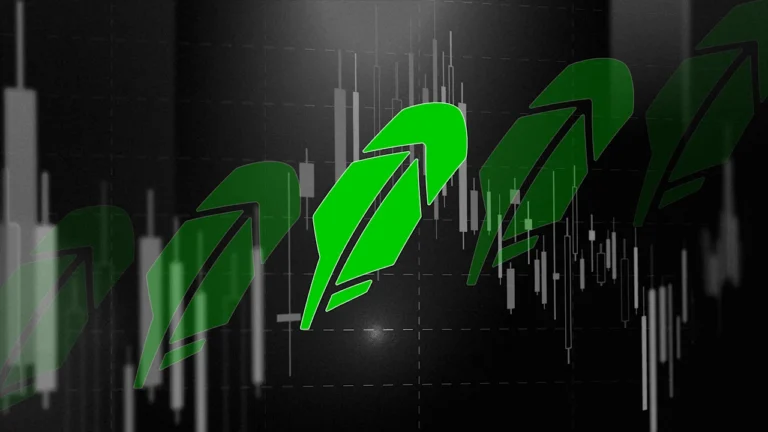
I remember a time when designing felt like speaking a secret language, a series of precise clicks and drags that, while powerful, felt more technical than fluid. Over the past three decades the evolution of design interfaces has been a journey from pixels to objects to concepts—each step abstracting away technical complexity and bringing us closer to pure creative intent.
For years, the drag-and-drop interface has reigned supreme, democratizing design in ways we could only dream of before. But we’re now at a fascinating inflection point where the very nature of “designing” is evolving and giving way to something even more profound.
Consider how a marketing manager can now type, “Create an Instagram story that captures the energy of our summer product launch,” and watch as AI generates multiple design directions in seconds—then continue the conversation to refine colors, adjust messaging, or explore different moods, all while collaborating with teammates who can contribute feedback in real-time.
AI isn’t just saving time on edits, it’s ushering in a paradigm where intent becomes the primary input, and natural language is the key that unlocks your first draft. This shift liberates us from the minutiae of technical execution, allowing us to focus on the truly visionary and strategic aspects of our work.
This is what the researchers at Boston University’s Questrom School of Business call “generative synesthesia.” The harmonious blending of human exploration and AI exploitation to discover new creative workflows represents a fundamental shift in how we approach creativity. Analyzing datasets of over 4 million artworks, these researchers showed that text-to-image AI significantly enhances human creative productivity by 25% and increases the value of creative work by 50%.
Beyond Text Boxes and Chat Interfaces To the Human as Creative Director
While conversational interfaces are powerful starting points, the future of creative collaboration with AI goes far beyond text prompts. When you’re working with design, art, or music, it’s quite hard to think of the words to describe what you want to see, hear, or feel—particularly if you’re not skilled in those fields. Thinking of words for something you can’t even describe? That’s frustrating.
We’re already seeing this evolution in action. In design products today, you can click on individual elements within an image and AI automatically recognizes what you’ve selected—whether it’s a background, a person, or a specific object—and offers contextual editing options without requiring any text description. This automatic element recognition is just the beginning of more intuitive design interactions.
That’s why I believe we’re moving toward hybrid experiences that blend conversation with direct manipulation. In practice, this might look like pointing at a section of your design and saying aloud, “Make this area feel more energetic,” while AI understands both the visual context of what you’re indicating and the emotional direction you want. You might start with natural language to establish direction, then use visual references to refine style, then return to conversation for iterations. The interface adapts to how creativity actually works—fluid, non-linear, and iterative.
Consider a workflow where you upload a reference image, circle the part you like with your finger or cursor, and simply say “Apply this mood to my brand colors.” AI instantly understands the visual element you’re referencing and translates it into actionable design changes. These augmented tools let people work the way they think, not the way software traditionally demands.
With these improvements to the way we interact with software, more people can now become creative directors while AI handles technical implementation. When AI can generate a dozen design variations in seconds, humans can focus on the higher-order creative decisions: Which direction best serves the vision? How does this connect emotionally with the audience? What story are we trying to tell?
This shift mirrors how other creative industries have evolved. Film directors don’t operate cameras, they focus on vision, storytelling, and creative direction while specialized teams handle technical execution. AI is becoming that specialized technical team for visual creation and opening up a whole new world of possibilities for the 99% of the world who haven’t been able to access it before.
The result is a new kind of creative leverage. A single person with a compelling vision can now execute ideas that previously required entire teams. But more importantly, the barrier between having an idea and seeing it realized becomes almost transparent.
AI as Augmented Creativity
The most important paradigm shift for designers and anyone embracing visual communication will be the shift from design tools to design intelligence. Instead of simply assisting with a starting point or end refinement, teams will be able to leverage AI as an intelligent thought partner that’s versed in what truly works.
Imagine how a tool that’s trained on a vast database of brand assets will shape future design workflows. When coming up with a new campaign you can accelerate the foundational work of gathering existing brand assets, successful competitor strategies, and audience response data and verify your visual directions against that. Or rather than spending hours debating color palettes, AI will be able to instantly generate variations based on proven effectiveness for similar brands and audiences, using insights like “layouts with this visual hierarchy achieve higher engagement in B2B contexts” or “this color combination consistently builds trust with healthcare audiences.”
This intelligence will extend to scaling tactical design decisions. Instead of designers manually crafting numerous layout variations, they can use their tool of choice to generate multiple compositions based on successful patterns from their previous work or industry peers. When selecting typography, rather than scrolling through countless font options, AI will recommend specific typefaces that have performed well for similar messaging and audiences, explaining why certain letterforms communicate trustworthiness while others convey innovation.
The Collaborative Promise of Design Intelligence
There’s a desire to view creativity in black and white terms: either it’s AI-generated or human-made. But work exists on a spectrum, with varying degrees of AI influence, from completely human-generated content to fully automated production. Those tight collaborative loops will ultimately shape how we work in an AI-powered world.
The skills we need will evolve as well. A skill that a select few of us deployed yesterday now becomes crucial today: editing. As AI generates vast amounts of content, the human editor’s role is to fine-tune outputs, ensuring messaging is on-brand, culturally sensitive, and emotionally engaging. The editor’s experience and understanding of the audience plays a crucial role in transforming AI-generated content into something that truly resonates.
As AI continues to evolve, I see a future where every person has unprecedented creative agency and where having an idea and bringing it to life becomes part of the same fluid, joyful process. This future is where the tools we use are as intuitive as thought itself.

